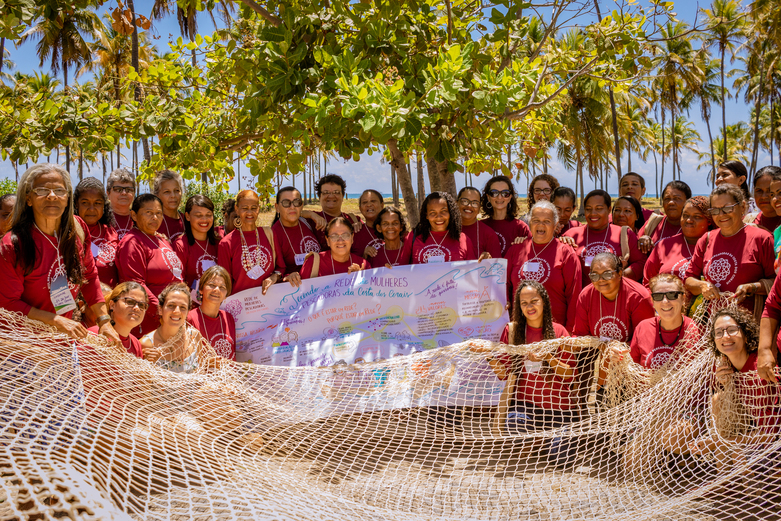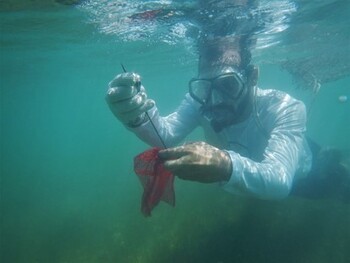Protecting Brazil’s marine and coastal biodiversity (TerraMar)
Protection and integrated management of marine and coastal biodiversity – TerraMar
-
Commissioning Party
German Ministry of the Environment, Nature Conservation, Nuclear Safety and Consumer Protection (BMUV)
-
Country
-
Lead executing agency
More
-
Overall term
2015 to 2024
-
Other Stakeholders
Chico Mendes Institute for Biodiversity Conservation (ICMBio), States of Pernambuco, Alagoas, Bahia and Espírito Santo
-
Products and expertise
Biodiversity; Environment, Management of Natural Resources
Context
The Brazilian coastline is among the longest in the world, stretching across 8,500 kilometres. In addition to the world’s most extensive continuous mangroves, the Brazilian coast also contains exceptional ecosystems such as dunes, lagoons, islands, sandbanks and estuaries. It shelters numerous endemic species as well as the only coral reef in the South Atlantic. Altogether, 52 per cent of Brazilian territory consists of marine area, which is known as the Blue Amazon. This region includes the territorial waters, as well as the seabed from the coast to the edge of continental shelf.
Approximately 51 million people (27 per cent of the population) live along the Brazilian coast. Sixteen of the country’s 28 metropolises are located here and more than half of the gross domestic product (GDP) is produced here. However, land and water use conflicts, lack of integrated coastal and marine management, pollution as well as the impacts of climate change, threaten environmental quality and biodiversity conservation along the Brazilian coast.

Objective
The conservation and sustainable use of biodiversity as well as coastal and marine management have improved in Brazil’s coastal regions.

Approach
The project adopts an integrated approach to environmental management for coastal and marine areas. It supports the Brazilian Ministry of Environment and Climate Change (MMA) to promote the conservation and sustainable use of biodiversity as well as monitoring of environmental quality. In addition, it strengthens regional networks by providing training and other capacity development measures for local stakeholders and by applying participatory management approaches. Since 2019, the project has also been addressing the topic of marine litter. Lessons learned and project experiences are disseminated nationally and internationally, contributing to policy solutions.
The project is primarily implemented in two coastal regions, Costa dos Corais and Abrolhos, considering their unique ecosystems and their importance for coastal and marine biodiversity. The project partners are the environmental agency ICMBio, state governments of the coastal states of Alagoas, Pernambuco, Bahia and Espirito Santo, municipalities, civil society organisations and other relevant stakeholders.
Last update: July 2023






